Bedzyr Pavlo - Ukrainian artist

Bedzyr Pavlo (also - Bedzir Pavel; January 26, 1926, Kalyny – July 10, 2002, Uzhgorod) was a famous Ukrainian graphic artist, a representative of the Transcarpathian school of art. His work occupies a special place in the history of Ukrainian graphic art of the 20th century due to his unique style, which combined traditional techniques with modernist approaches.
Pavlo Bedzir was born in the village of Kalyny in Zakarpattia. Since childhood, he showed interest in drawing and art.
In 1946, Bedzir graduated from the painting department of the Uzhgorod School of Applied and Decorative Arts. Among his teachers were famous artists such as Fedir Manailo, Ernest Kontratovych and Adalbert Erdely, who had a significant influence on his artistic path and shaped his aesthetic preferences.
After completing his studies, Bedzir continued to develop his talent by working in the field of graphics. His style, influenced by both classical traditions and modern European trends, was distinguished by the precision of lines, exquisite composition and deep content.
Creative path
Pavel Yuryevich Bedzir's first teacher in fine art was the artist Vilmos-Jozsef Berets. He revealed to the young artist the basics of artistic mastery and contributed to his creative development.
In the 1960s, Pavel Bedzir, together with the artist Ferenc Seman, was involved in the design of bus stops, which became a unique artistic project of that time.
In the 1950s and 1960s, an informal "avant-garde club" formed around Bedzir in Uzhgorod. It was a meeting place and a place for the exchange of ideas for many artists, including Ferenc Seman and Ernest Kremnitsky, as well as artists from Lviv, Kyiv, Riga and Leningrad. The club became a center for the exchange of ideas and free thinking.
Due to his progressive views, Bedzir came under persecution by the Soviet authorities, which included harassment in the press and arrest for possession of banned literature. Since the 1950s, Bedzir has been actively participating in exhibitions, presenting his works both in Ukraine and abroad.
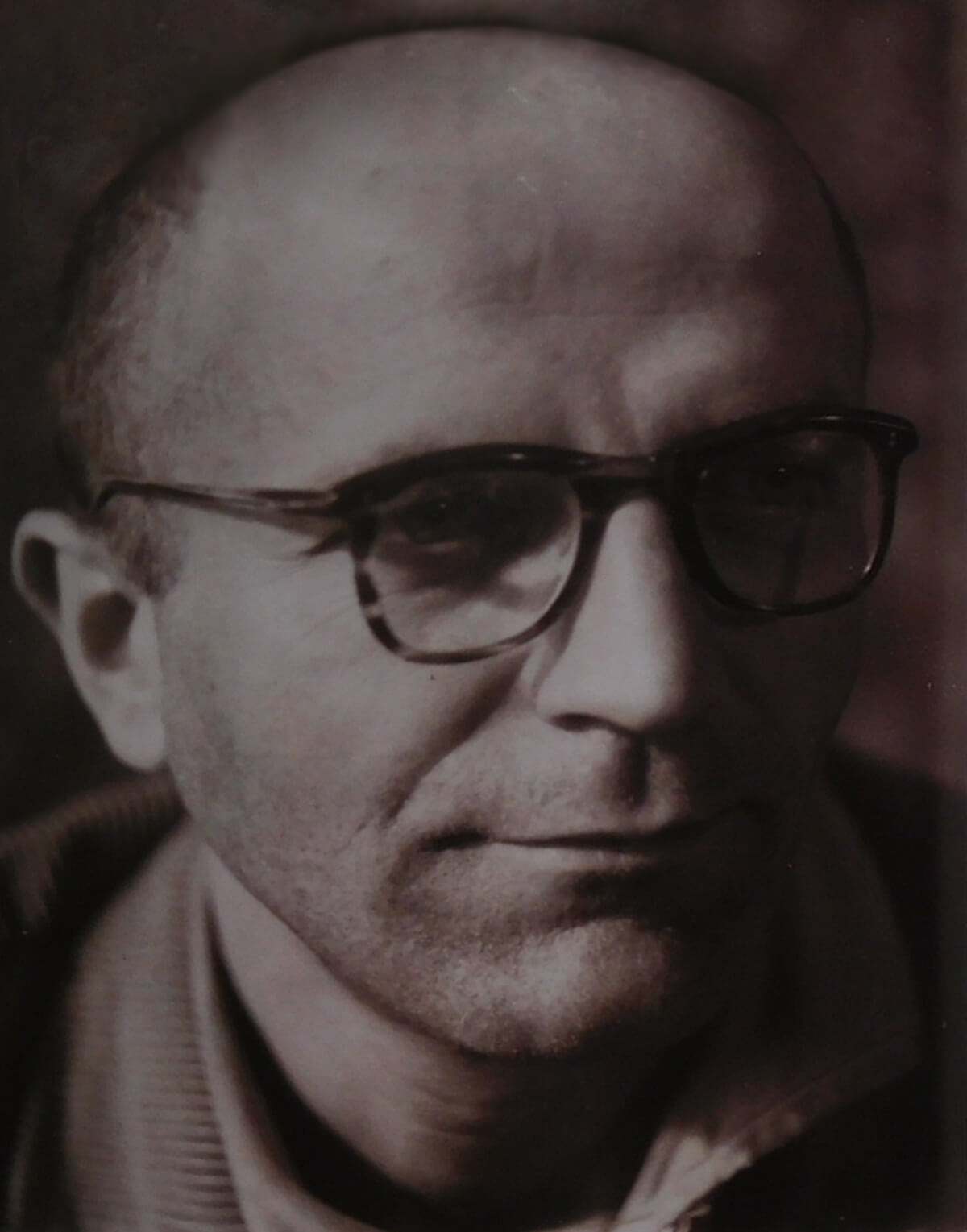
His graphic works often reflected the Transcarpathian nature and rural life, but they were not simple illustrations. In his works, the artist sought to convey a deep philosophical meaning, reflecting the spiritual and cultural values of his region.
The distinctive feature of Bedzir's style was his ability to combine traditional graphic techniques with abstract forms and symbolism. This made his works unique and recognizable among other artists of the time.
Life and work
Pavlo Bedzir spent most of his life in Uzhgorod, where he actively worked and created. He was closely connected with the local artistic community, participated in many group exhibitions, and also organized personal expositions. During his career, he created numerous graphic series, considered among the best examples of Ukrainian graphics of the 20th century.
In addition to traditional etchings, Bedzir worked in the technique of linocut, where his experimental approach was particularly noted. His works were often distinguished by deep contrast and symbolism, which allowed them to achieve new aesthetic heights.
Key works and exhibitions
Pavlo Bedzir's work has received recognition not only in Ukraine but also abroad. His works are kept in leading museums and private collections in Europe. Exhibitions of his works have been held in various cities of Ukraine, as well as in the countries of Central and Western Europe.
Key events in the artist's life
Since 1946, Pavel Bedzir began to participate in various regional, republican, all-Union and international exhibitions, gradually gaining authority in the art world.
In 1954 he began working in the production workshops of the Art Fund, which was an important milestone in his creative career.
Since 1968, Bedzir has been a member of the National Union of Artists of Ukraine, which confirmed his status in the artistic community. In 1973, he joined the artistic council of the Art Fund, and since 1977 he has been a member of the commission for working with young artists in the Transcarpathian center of the Union of Artists, actively supporting the development of new talents.
In 1996, he became a laureate of the regional prize named after Iosif Bokshay and Adalbert Erdeli for the series of graphic works "Life of Trees", which marked his significant contribution to graphics.
During his life, Pavel Bedzir had two solo exhibitions – in 1994 and 1995 in Uzhgorod and Budapest. His works and creativity continued to influence the artistic environment even after his death.
In 2001, Lesya Keshelya made a documentary film, “Four Elements,” about the life and work of Pavel Bedzir, perpetuating his cultural heritage.
Among the most famous exhibitions where Bedzir's works have been presented are:
Republican and all-Union exhibitions in Kyiv, Moscow and Leningrad.
International exhibition of graphics in Poland, Czechoslovakia, Hungary.
Personal exhibitions in Uzhgorod and other cities of Transcarpathia.
Style and technique
Bedzir is known for his original approach to graphics, combining classical techniques with innovative ideas. His style can be described as a synthesis of traditional Ukrainian art with modernist influences. In his works, he often addressed the themes of nature, man and his place in the world, using symbolic and abstract forms to express complex philosophical ideas.
His ability to work with line and space is particularly noted, allowing him to create dynamic, emotionally charged compositions. In his technique, he combined laconic form with richness of content, making his works simple and profound at the same time.
Heritage
Pavlo Bedzir left a significant contribution to the development of Ukrainian art, especially in the field of graphics. His works continue to arouse interest and inspire new generations of artists. After his death in 2002, Bedzir's work continues to live in museums, galleries and private collections, his name has become a symbol of high artistic level and originality.
Memory
In 2002, the first improvised exhibition took place, which became the impetus for the creation of the informal gallery “Corridor”, where the spirit of creative freedom and experimentation characteristic of the artist is preserved.
In 2009, Pavlo Kovach Sr. opened the first Pavlo Bedzir Prize, honoring his memory and influence on contemporary Ukrainian art.
In 2013, the Uzhgorod gallery ILKO hosted the exhibition "Pavel BEDZIR. Unknown Famous", which showed the artist's rare works to the general public, noting his influence on the Ukrainian avant-garde.
In 2016, Pavlo Kovach Sr. founded the Pavlo Bedzir Workshop and Museum in Uzhgorod, which has become an important cultural center. It houses a library founded by the artist, hosts meetings with artists, project presentations, and exhibitions.
In the same 2016, Pavlo Bedzir's works were presented at the exhibition "Art of the Ukrainian Sixties. The Possibility of a Museum" curated by Olga Balashova, Liza German and Maria Lanko. The event was supported by the Stedley Art Foundation and the National Art Museum of Ukraine, and was accompanied by the publication of the book "Art of the Ukrainian Sixties".
In 2018, the Ducat auction house organized an exhibition of the artist's works entitled Dreamcatcher, which was accompanied by the publication of a catalogue.
That same year, Mikhail Sirokhman’s album “Pavel Bedzir” was released, which became an important study of the artist’s life and work, emphasizing his influence on Ukrainian art.
The memory of Pavlo Bedzir lives not only in his works, but also in numerous exhibitions dedicated to his work. His works remain an example of mastery and artistic originality, and his contribution to the development of Ukrainian graphics cannot be overestimated.
Paintings
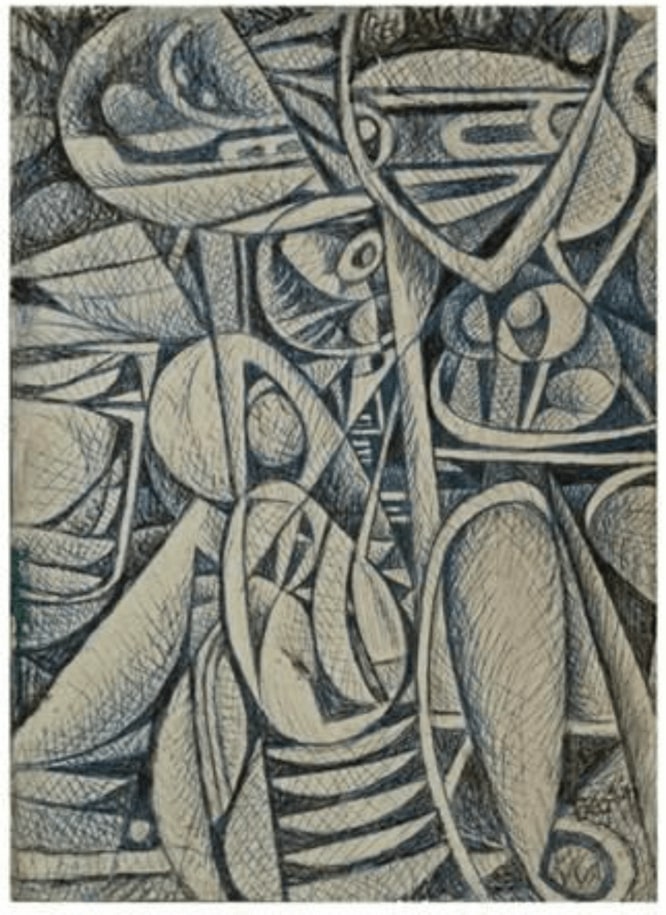 |
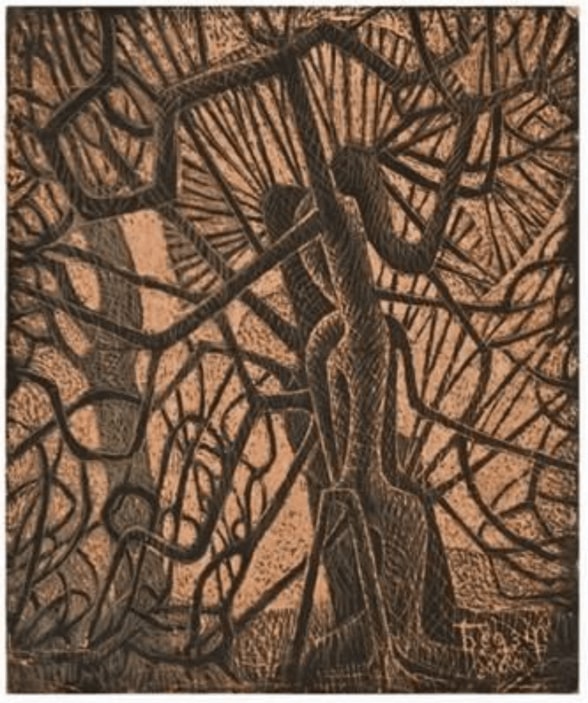 |
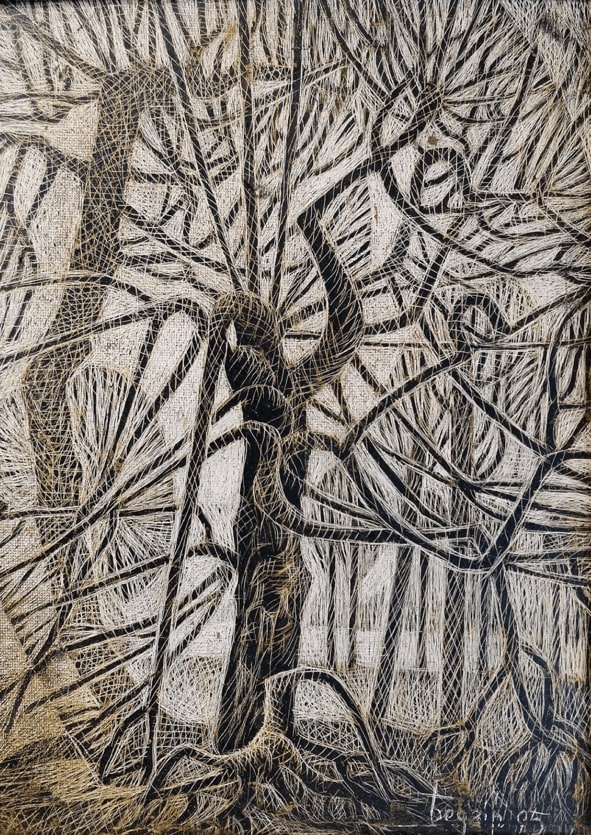 |
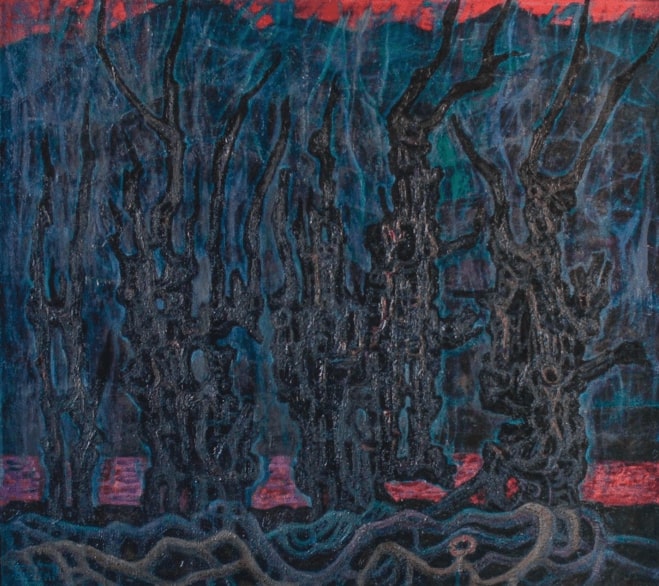 |
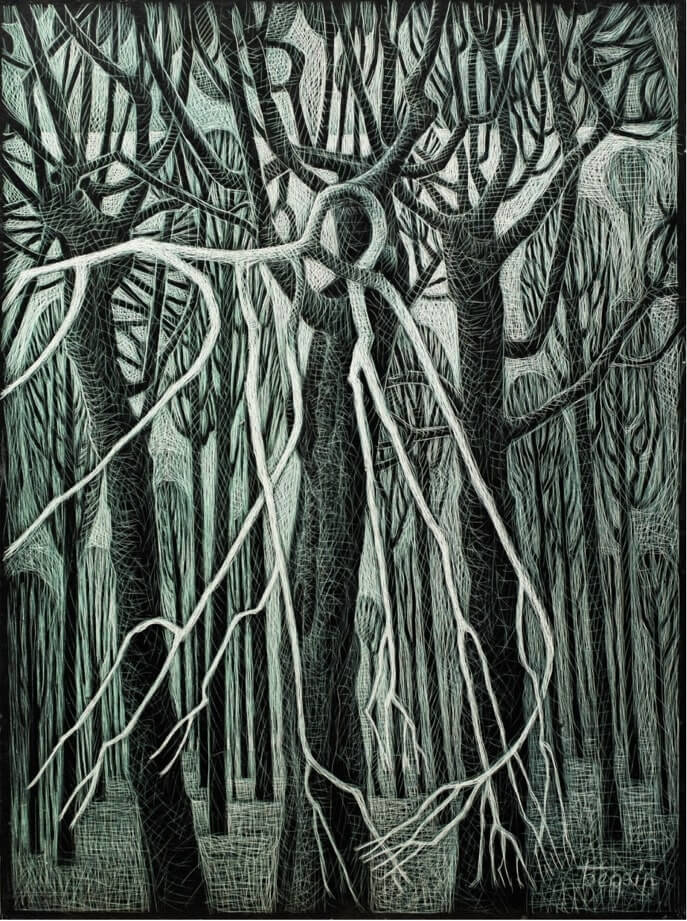 |
- |

